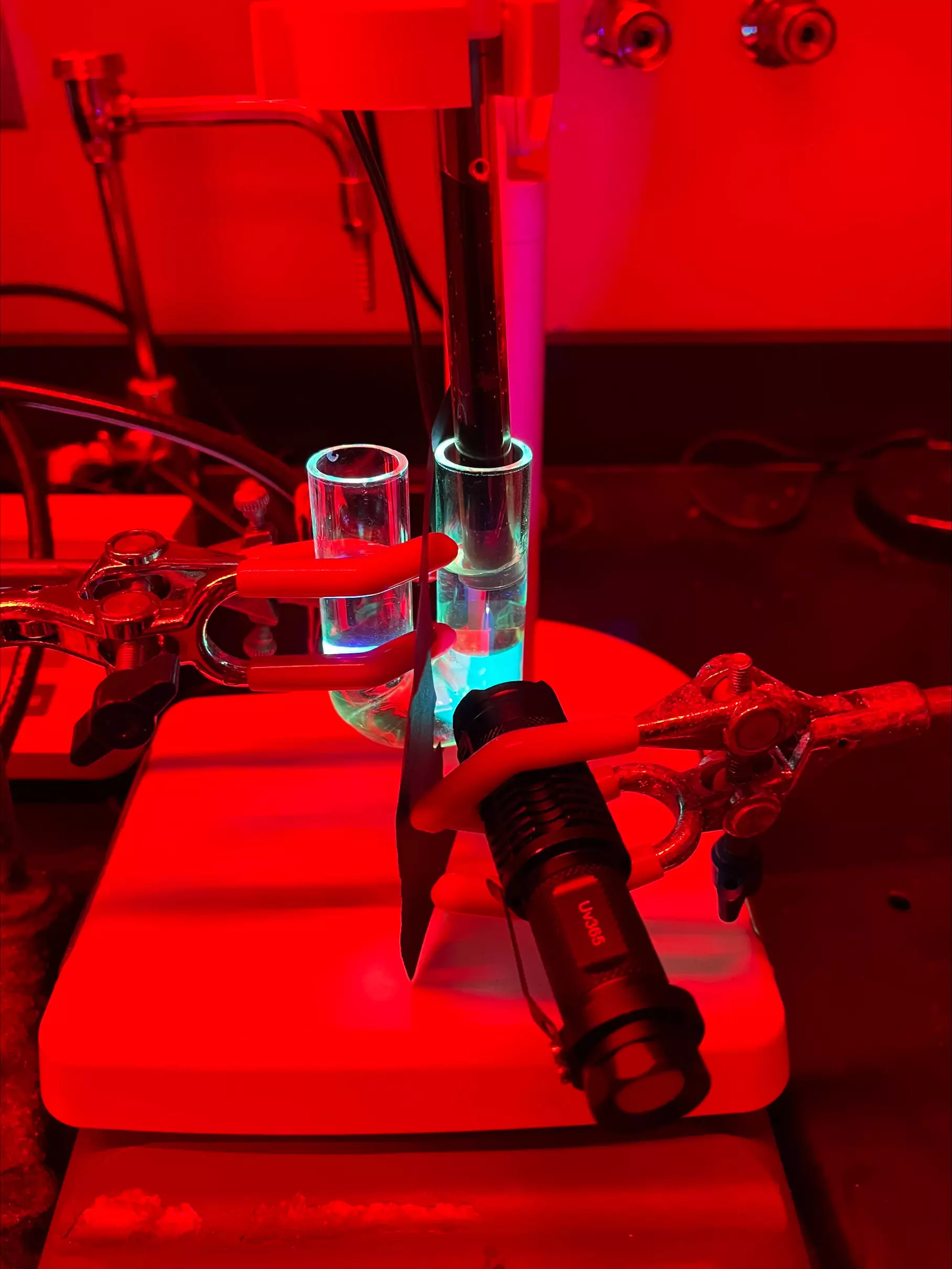In a monumental stride towards cleaner water bodies, researchers at Dartmouth College have unveiled a self-powered pump that harnesses natural light and chemical reactions to specifically eliminate harmful water pollutants. This pioneering technology is carefully detailed in the journal Science and could revolutionize the way we address water contamination stemming from various industrial and agricultural activities. The significance of this innovation lies not only in its ability to purify water but also in its self-sustaining operation, which utilizes renewable energy sources.
At the heart of this remarkable invention is a synthetic molecular receptor that activates due to specific wavelengths of light. When water loaded with pollutants flows into the pump, these receptors engage with negatively charged ions, commonly referred to as anions. This interaction is crucial because anions are known for their association with significant ecological disturbances, affecting both aquatic life and ecosystems. As water exits the pump, a different wavelength of light deactivates the receptors, enabling them to release the captured pollutants into a non-reactive substrate for safe disposal. This approach is transformative, offering a proof of concept that synthetic receptors can efficiently convert light energy into usable chemical potential for environmental remediation.
The initial focus of this innovative pump is on two specific pollutants: chloride and bromide. Researchers have drawn attention to these anions due to their environmental impact. For instance, elevated chloride levels from road salt runoff during winter months are known to hinder plant growth and disrupt aquatic ecosystems. Additionally, the transport of chloride ions plays a vital role in cellular functions, as seen in medical conditions like cystic fibrosis, which arises from the inability to regulate chloride levels within cells—a condition that leads to severe health complications.
The Dartmouth team has successfully demonstrated the capacity of their system to mobilize chloride ions from a low concentration area to a high concentration area using light as the sole energy source. Over the course of 12 hours, their experiments indicated the movement of 8% of chloride ions against the natural concentration gradient—a remarkable feat that underscores the efficacy of the self-powered system.
The novel design of the synthetic receptor stems from a longstanding interest in hydrazones—molecules that toggle between active and inactive states when subjected to light. The idea originated during the COVID-19 pandemic when Ph.D. student Baihao Shao proposed modifications to enhance the functionality of these receptors by allowing them both to collect and release target anions. Despite initial skepticism from his professor, Ivan Aprahamian, Shao’s persistence led to a groundbreaking creation that aligns with the oft-quoted adage of “great innovations often come from daring to push the boundaries.”
In constructing the receptor, researchers employed “click chemistry,” a technique that allows for seamless molecular assembly, thereby facilitating the creation of efficient and versatile compounds. This method not only simplifies the design process but also opens up avenues for modifying the receptor to target different pollutants over time.
The potential applications of this self-powered pump extend beyond merely targeting chloride and bromide ions. Researchers are exploring the possibilities of addressing a variety of anion-rich pollutants, including those found in hazardous waste and agricultural runoff that contribute to toxic environments and dead zones in water bodies. Aprahamian envisions a future where multiple receptors can be employed in conjunction, each activated by distinct light wavelengths to tackle an array of contaminants concurrently.
Moreover, this advancement highlights a broader narrative in environmental science: the shift towards sustainable solutions that mimic biological processes. In much the same way that molecular machines operate within living organisms, the development of synthetic counterparts hints at a future where autonomous filtration systems can address pollution, medical delivery systems can administer drugs with precision, and diagnostic tools can identify diseases effectively.
The development of this self-powered pump at Dartmouth represents just the beginning of a new era in environmental technology. By harnessing solar energy and synthetic chemistry, the researchers are paving the way for innovative solutions to age-old problems of water contamination. This effort not only addresses pressing environmental issues but also sets the stage for more sustainable practices that are essential in our pursuit of an ecologically balanced future. As the research continues to evolve, the impact of these findings will resonate beyond the lab, inspiring future generations to prioritize sustainable and innovative approaches to environmental conservation.

